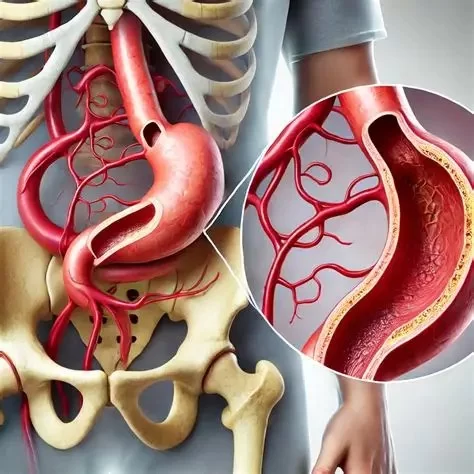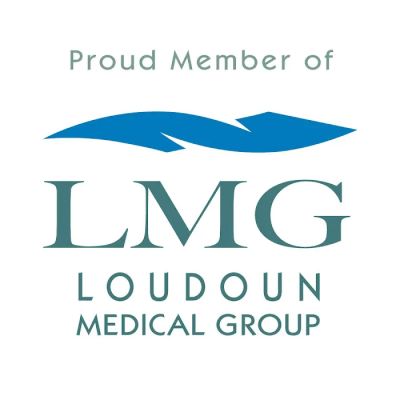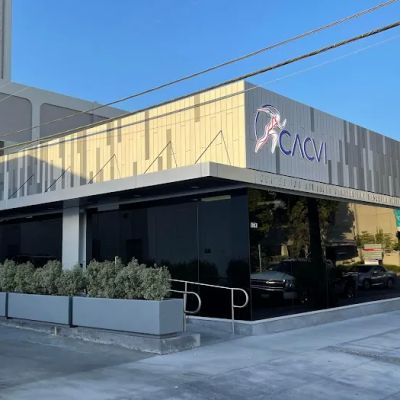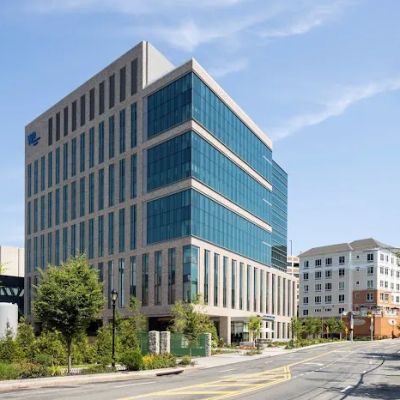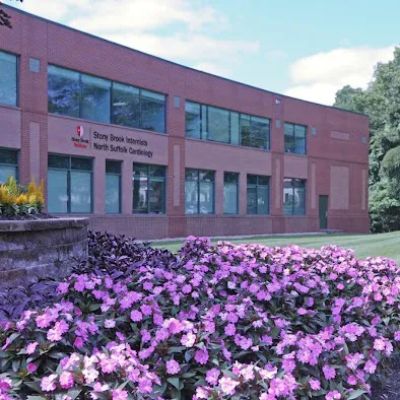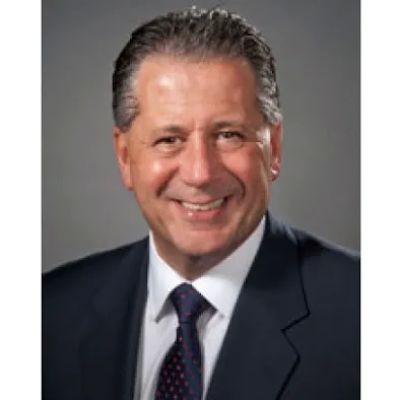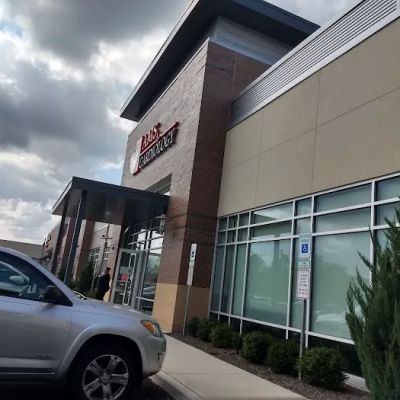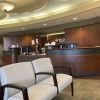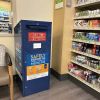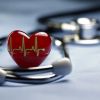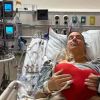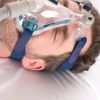- 1 - #understanding-what-an-aortic-aneurysm-is
- 2 - #warning-signs-and-symptoms-to-watch-for
- 3 - #real-stories-that-highlight-the-risks
- 4 - #medical-diagnosis-and-screening-options
- 5 - #treatment-approaches-and-surgical-care
- 6 - #lifestyle-changes-to-reduce-risk
- 7 - #the-role-of-medical-support-and-resources
1. Understanding What an Aortic Aneurysm Is
An aortic aneurysm occurs when a section of the aorta—the body’s largest artery—becomes weakened and bulges outward. This condition is dangerous because it can remain undetected for years. If the aneurysm ruptures, it can lead to life-threatening internal bleeding. Recognizing and managing aortic aneurysms early is critical for long-term health, which is why regular cardiovascular screenings are often recommended for those with risk factors such as high blood pressure, smoking, or family history.
2. Warning Signs and Symptoms to Watch For
2.1 Silent but Deadly
Many people with aortic aneurysms experience no symptoms until the aneurysm becomes very large or ruptures. This makes regular monitoring crucial. Without proactive healthcare, the condition may only be discovered in emergency situations.
2.2 Possible Warning Clues
When symptoms do occur, they may include sudden chest or back pain, difficulty breathing, or a pulsating sensation in the abdomen. Unfortunately, these signs often appear when the condition has already progressed significantly. Knowing these signals may be life-saving.
3. Real Stories That Highlight the Risks
One widely shared news story told of a middle-aged man who experienced sudden severe chest pain while on vacation. What seemed like a heart attack turned out to be a ruptured aortic aneurysm. Emergency surgery saved his life, but only barely. Cases like this illustrate why understanding the signs and risks is so important. They remind us that heart health isn’t just about cholesterol—it’s about conditions we rarely hear about until it’s too late.
4. Medical Diagnosis and Screening Options
Screening plays a vital role in recognizing aortic aneurysms before they rupture. Ultrasounds, CT scans, or MRIs are commonly used to detect aneurysms. For men over the age of 65 who have smoked, medical organizations often recommend routine screening. Discussing these options with a trusted physician is essential, especially if there is a family history of aneurysms or other cardiovascular conditions.
5. Treatment Approaches and Surgical Care
5.1 Watchful Waiting
Not all aneurysms require immediate surgery. If the bulge is small, doctors may monitor it with regular imaging and manage risk factors like blood pressure. This approach, known as “watchful waiting,” can keep patients safe while avoiding unnecessary procedures.
5.2 Surgical Options
Larger or fast-growing aneurysms typically require intervention. Surgical repair can involve open surgery, where the weakened section of the aorta is replaced with a graft, or minimally invasive endovascular surgery. Both options have improved survival rates when performed before rupture, emphasizing the importance of early detection.
6. Lifestyle Changes to Reduce Risk
Managing an aortic aneurysm isn’t just about medical procedures. Lifestyle changes—such as quitting smoking, maintaining a healthy diet, reducing stress, and managing blood pressure—play a crucial role in reducing risks. For those seeking guidance, platforms like HeartCare Hub provide resources, products, and services to support heart health management at every stage.
7. The Role of Medical Support and Resources
Recognizing and managing aortic aneurysms requires more than individual effort—it demands professional medical support and trusted information. Cardiologists, surgeons, and health educators all play a role in helping patients understand the risks and make informed choices. Online resources and support networks can help patients and families navigate both the emotional and physical challenges of this condition.
Aortic aneurysms may be silent, but they are not invisible. With awareness, medical guidance, and healthy lifestyle choices, individuals can reduce risks and take control of their cardiovascular health.

